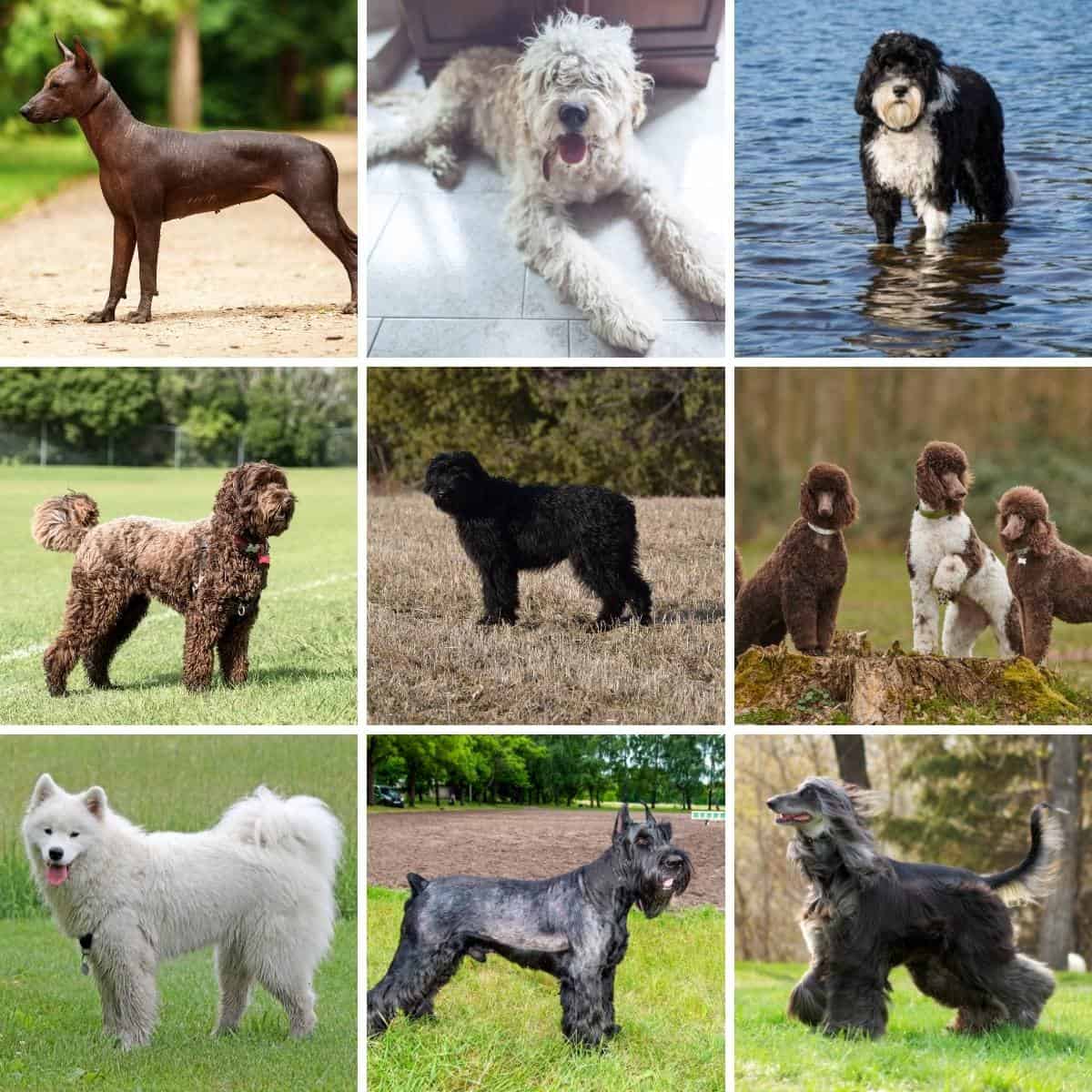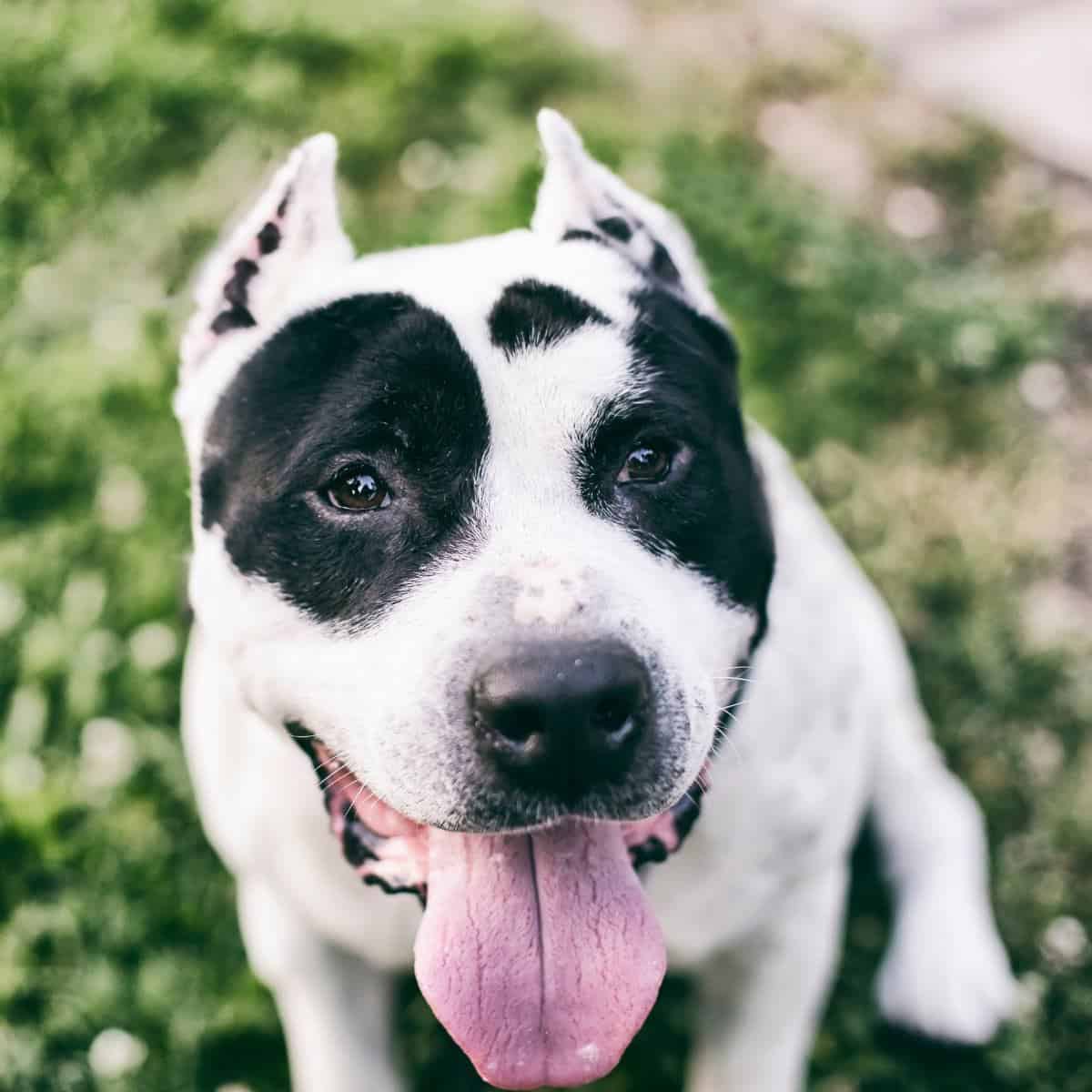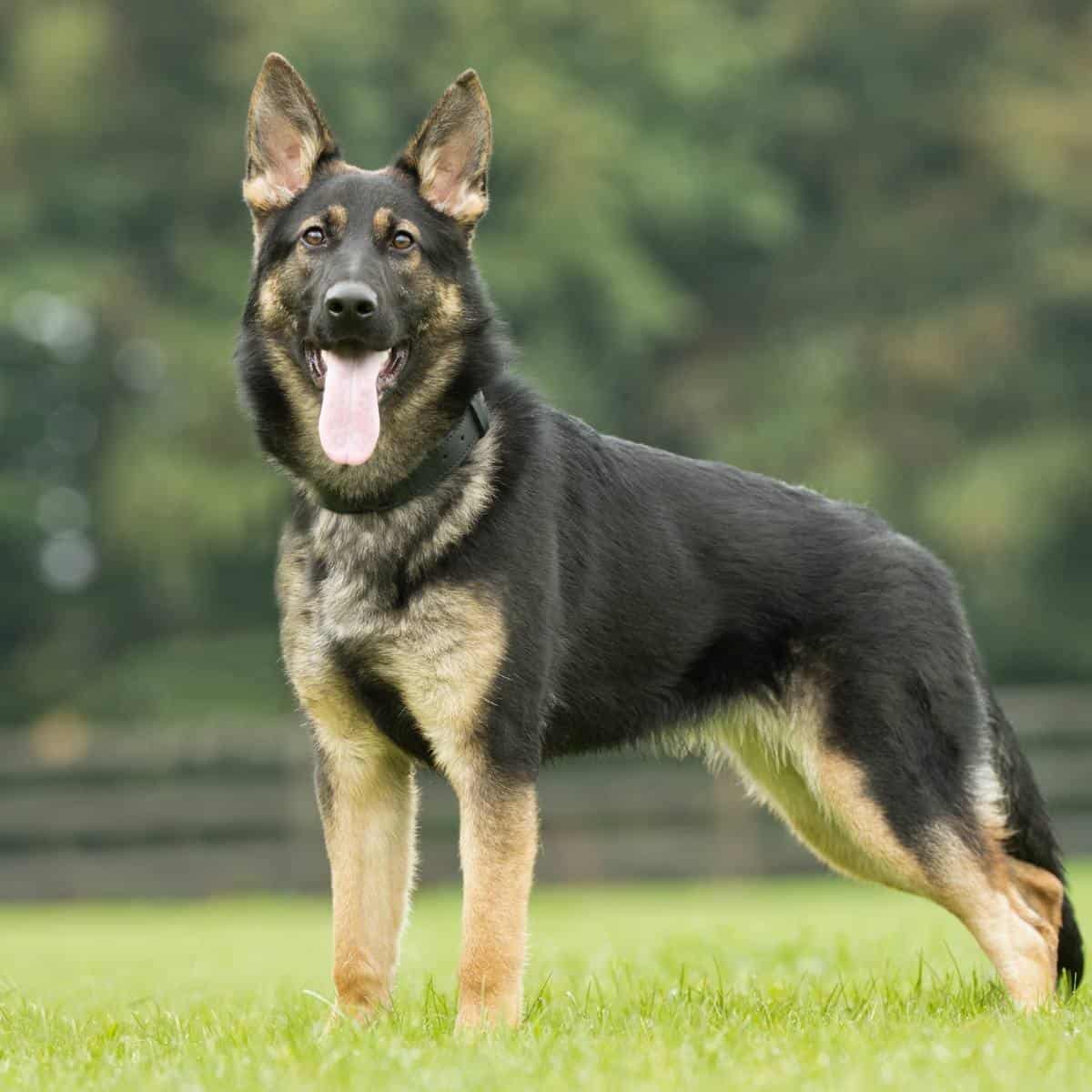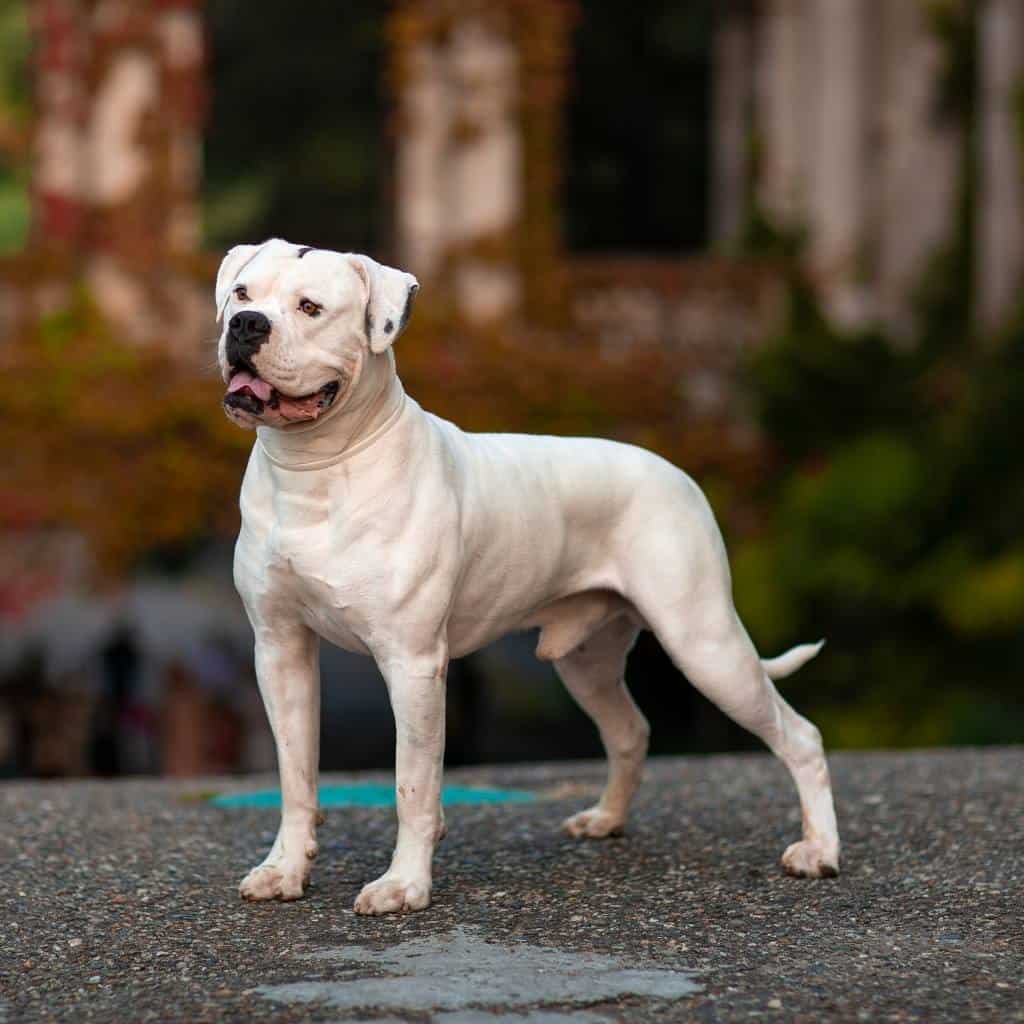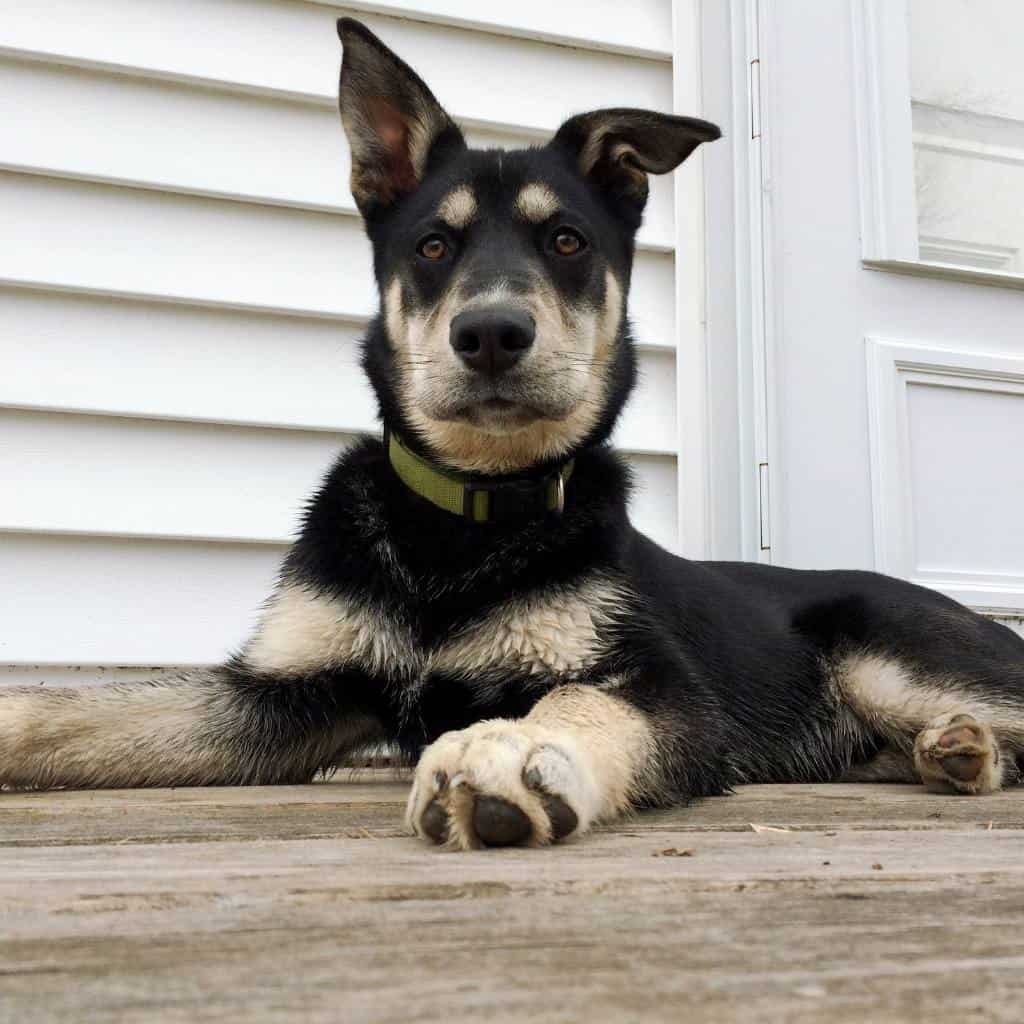American versus European Great Danes: Is There a Difference?
You may think that the Euro and American Great Danes are the same other than their lineage, but there are differences outside of that! Let’s explore!
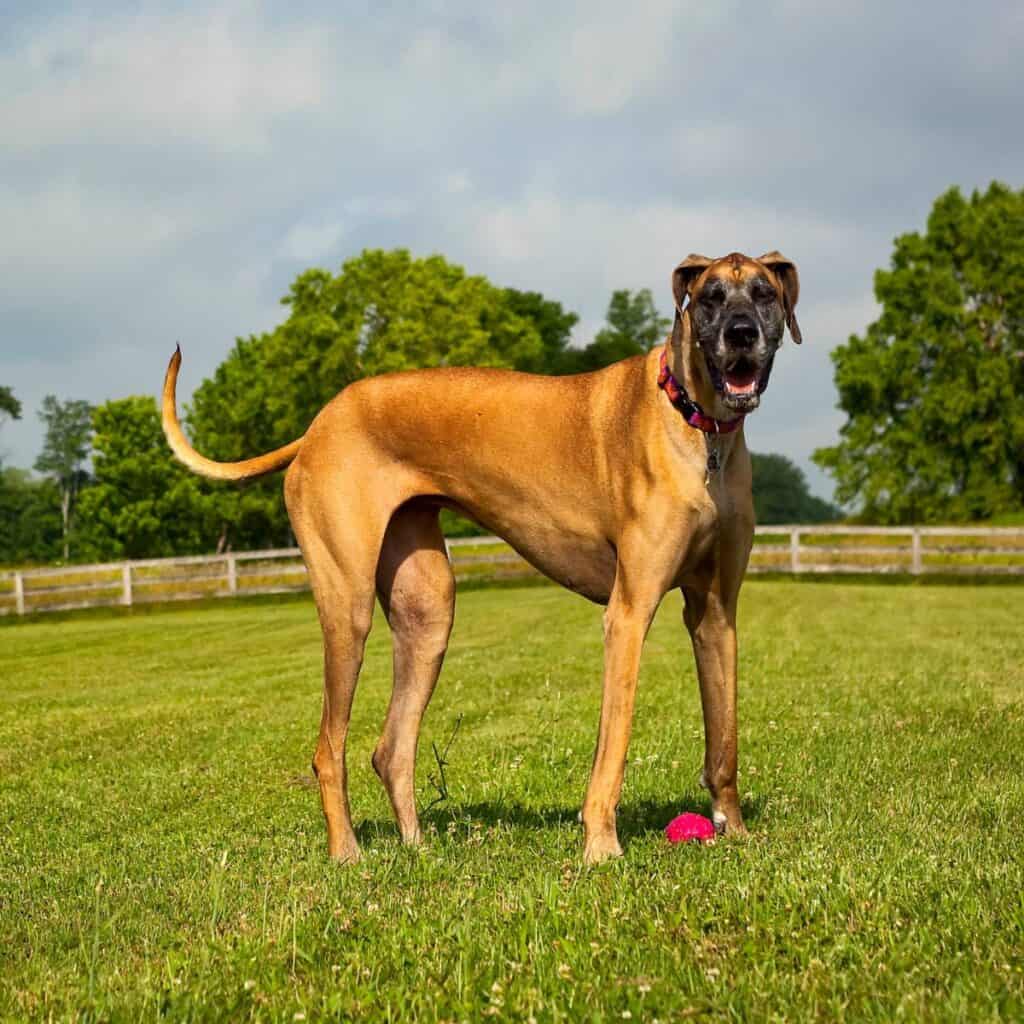
Great Danes are known to be one of the largest dogs in the world. They originated from Germany and are said to be a mixture of three different breeds to make them the noble dogs they are today. The Great Dane is said to be offspring from Mastiffs, for large muscle mass, Irish Wolfhounds, for their size, and Greyhounds, for their speed.
Before the well-known Great Dane became a purebred of our century, breeders had to find the perfect breed combo, and the three listed above took the lead. At one time, this breed was imported into European countries which led to some of them being transported to America. Some believe that the American Great Danes were originally bred in America. Others say that they are the offspring of the dogs imported from Europe long ago.
Whichever the case, there seem to be a few differences between the European and American Great Dane. At first comparison, you may not spot the difference but after looking a little closer, you can see what sets the two apart.
American vs European Great Dane: What’s the Difference
When it comes to the American vs the European Great Dane, there aren’t too many differences. However, there are a few key indicators that can help you determine which breed is which when looking for your next companion.
Size
If we are discussing size, it’s safe to say that both the American and European Great Dane are huge dogs. They stand about the same height give or take a few inches depending on the dog, but 28 to 34 inches tall is the typical stance for both.
Comparing the weight of each we can see that the American Great Dane is slightly smaller than the European Great Dane. Depending on gender the American breed will usually weigh between 99 and 200 pounds while their European ascendants can weigh 180 to 240 pounds.

Appearance and Coat Colors
Both dogs are tall, long-legged, slender dogs with short fur. Each one has a glossy appearance, but the American breed has tighter skin while the European breed has more wrinkles. A smaller, square-shaped head is more prominent on the American Great Dane compared to the longer, rectangle face of the European Great Dane with longer lips.
They are both known to come with the same colors other than the two extra colors that can be found in the European breeds. The colors they share include black, brindle, fawn, blue, merle, harlequin, and mantle. The two offset colors that can only be found in the European breeds are plattenhunde and mantletiger.
Grooming Needs
Each of these dogs has simple grooming needs. They have a short single-layered coat that sheds meaning regular brushing is on the daily care list. Though they shed quite often, their short fur makes it easier to maintain and they don’t shed near as much as other single-coated dogs. It is good to brush each of these breeds at least once a week to brush their body oils throughout their fur and skin. Make sure to brush them in long strokes from the head area to the tail area.
Both Great Danes are easy to bathe despite their tall stance. Bathing requirements can be set to once a month unless they need to be bathed more depending on the situation. These dogs will likely not ever need to have their fur trimmed considering it is already short and sleek.
Although both breeds will need frequent nail trimmings, and ongoing dental care just like any other dog.
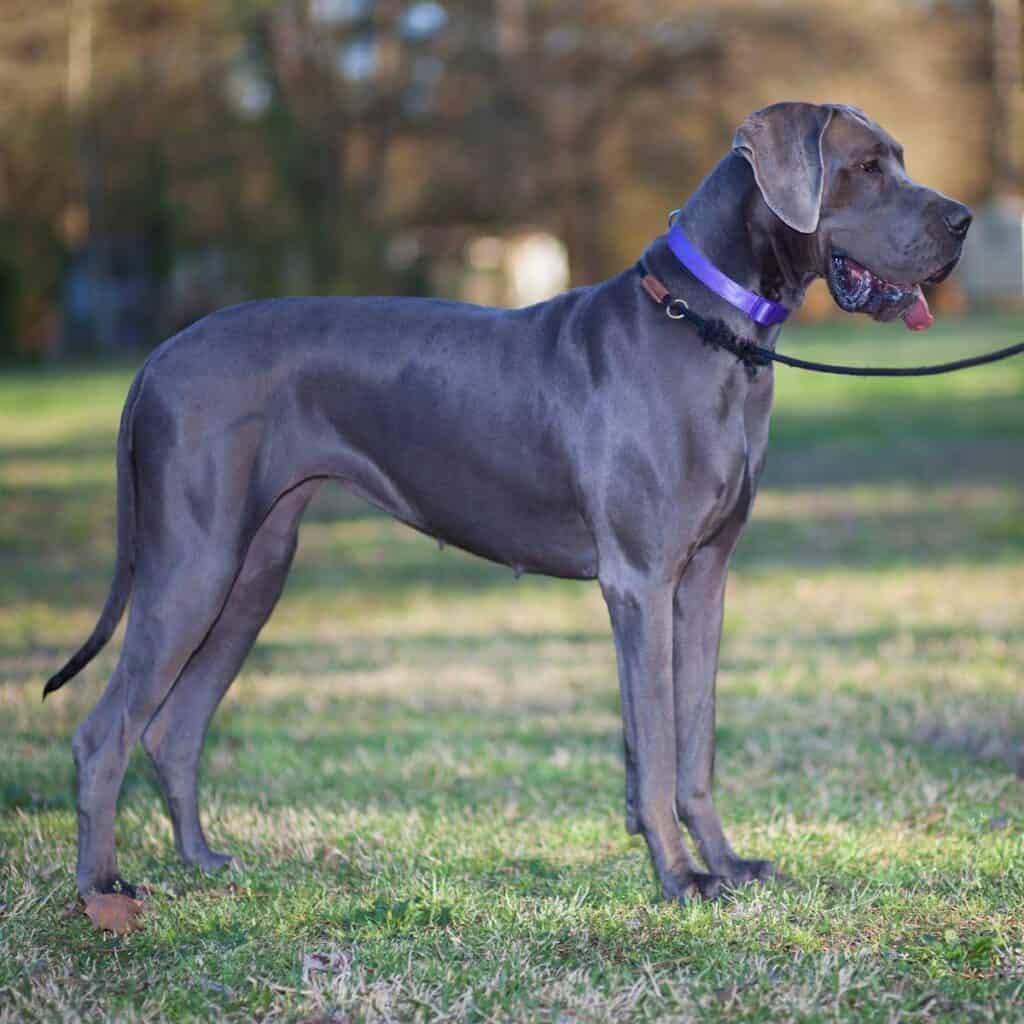
Health Issues in American and Euro Great Danes
Although the American and European Great Danes have physical appearance differences, they tend to be prone to identical health issues. Because of their body size and their genetic DNA, Great Danes can potentially fall victim to many health issues.
Here are some common healthy problems that you may see in Great Danes.
Addison’s disease (hypoadrenocorticism)
This disease occurs when a dog’s adrenal glands aren’t producing the appropriate levels of corticosteroid hormones. These hormones help the body manage stress, convert protein into glucose, and help maintain blood sugar levels.
Cardiomyopathy
A cardiac disease where the heart is less able to pump blood through the vascular system.
Cruciate Ligament Tears
This is when the knee joint becomes unstable and can cause lameness in the specific leg.
Gastric Dilation Volvulus (GDV) aka Bloat
Because Great Danes are deep chested they are more prone to GDV and can be life-threatning if not treated. This condition is also known as bloat, and occurs after they eat big meals or drinks a ton of water before walking or running. Their stomachs can fill with gas, then rotates, causing the blood vessels to be trapped and leading to a toxic syndrome.
Symptoms of bloat include swollen stomach, excessive panting and pacing, being restless, and trying to vomit without anything coming out.
Happy Tail Syndrome
Their long tails sure to wag when Danes are happy! This poses the potential risk of happy tail which is when the tip of the tail is constantly injured because of it hitting against objects.
Hip Dysplasia
A condition where the hip socket isn’t formed together correctly and causes lots of pain in the hip area and can lead to the destruction of the joint all together.
Hypothyroidism
This is an underactive thyroid. It causes other bodily functions to slow down to a lower rate than normal.
Tricuspid Valve Disease
Though uncommon, Great Danes are still likely to have this condition. In the tricuspid valve, there should be an even flow of blood from the right atrium to the left. When a dog has this condition, it means that there is a backflow back into the right atrium.
Wobbler Syndrome
This is a neurologic disease that affects a dog’s spine in the neck area. This is most common in big breeds such as the Great Dane, Dobermans, Rottweilers, Mastiffs, German Shepherds, and Bernese Mountain Dogs.
The only difference you may find is that a European Great Dane may have more joint issues because of their more massive bodies. Anytime you suspect any type of health condition or notice signs that your dog is in pain, it is best to take them to the vet to be checked out and treat any conditions they may have.
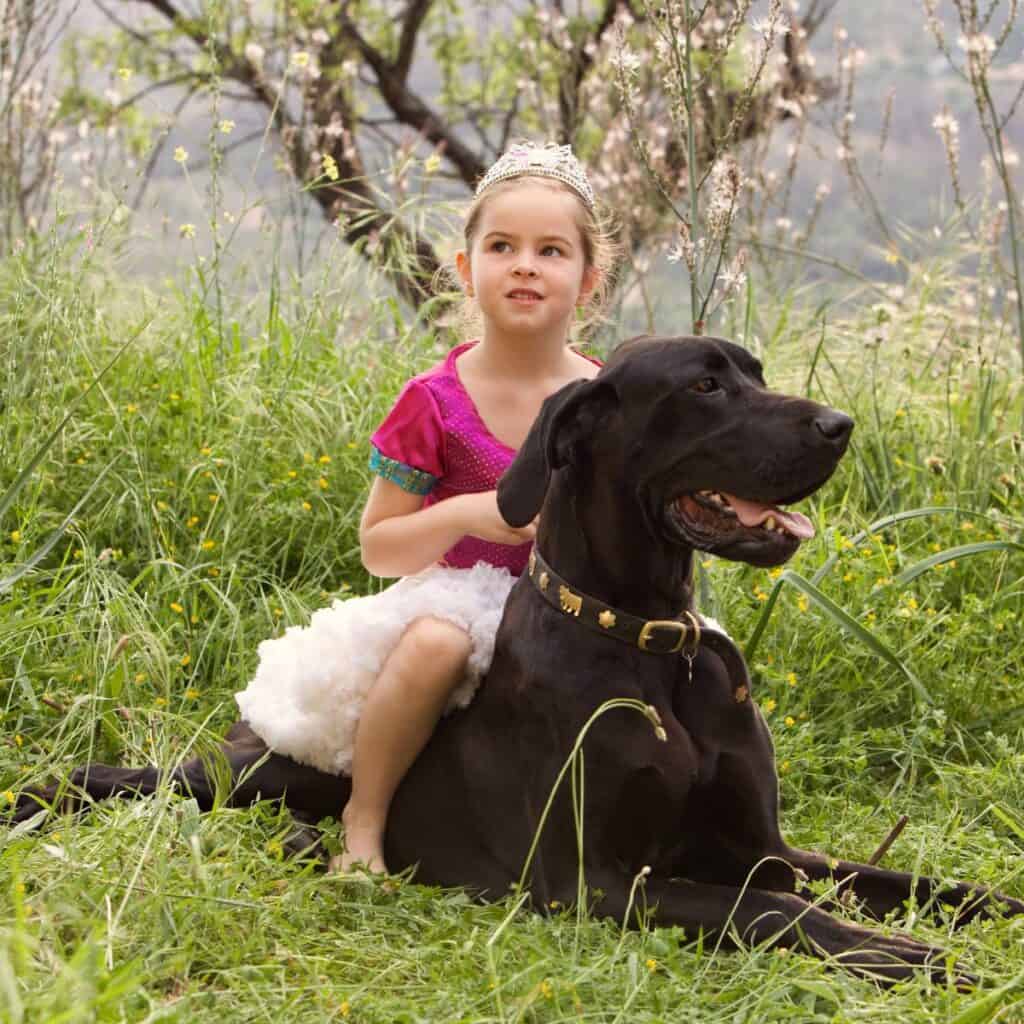
Life Expectancy
Great Danes in general have a shorter life span than other types of dogs because of their size and DNA. American Great Danes being a bit smaller, can live 9 to 10 years while European Great Danes only live about 6 to 8 years. The most years that a Great Dane can potentially live is 13 years, but it isn’t common.
Temperament
When looking for a family dog, the American and the European Great Dane make a great fit. They are both friendly, loyal, smart, and loving. The only difference is that the European Great Dane seems to be a bit more laid back and gentler while the American Great Dane can sometimes be a bit high strung, especially at a younger age.
The American Great Danes tend to be more athletic and graceful in their approach but either dog will make a great companion.
Which Great Dane Breed is Easiest to Train?
While both dogs are highly intelligent and fast learners, the American Great Dane seems to be the easiest to train. They tend to obey commands at a faster rate without much thought to it. European Great Danes, however, like consistency and like to know they can trust the person giving the command. With a set schedule of staying consistent and a growing trust, the European Great Dane will obey with time.
Final Thoughts Comparing European and American Great Danes
If you are looking to bring a Great Dane into your home, they are sure to make the best friend you could have. They are protective, loyal, intelligent, and playful. When deciding between the American and European Great Dane, it greatly depends upon the body characteristics that you would like to see in your dog considering this is the biggest difference. The American Great Dane will be easier to train, and the European Great Dane will be more laid back from the beginning.
No matter which you choose, either breed will eventually fit right into the family, and you soon won’t remember what life was like before them!
Common FAQs about Euro and American Great Danes
No, European Great Danes are known to have a little bit of a shorter life compared to the American Great Dane. The European breed lives 6-8 years while the American breed can live 9-10 years.
Some Great Danes may be bigger than others, even in their own litter. The reason that this may occur is because of the bloodline they are ascended from. Great Danes come from a mixture of Greyhounds, Mastiffs, and Irish Wolfhounds. If a Great Dane is larger than another, it simply means that they likely have more mastiffs in their genetic makeup than the rest.
European Great Danes are not only one of the biggest dogs around, but they are also one of the smartest. They are said to be as smart as a three-year-old child and can learn to understand up to 250 words and gestures. It doesn’t take long for them to learn these words and gestures and anyone who owns a European Great Dane will quickly realize just how clever they truly are.

